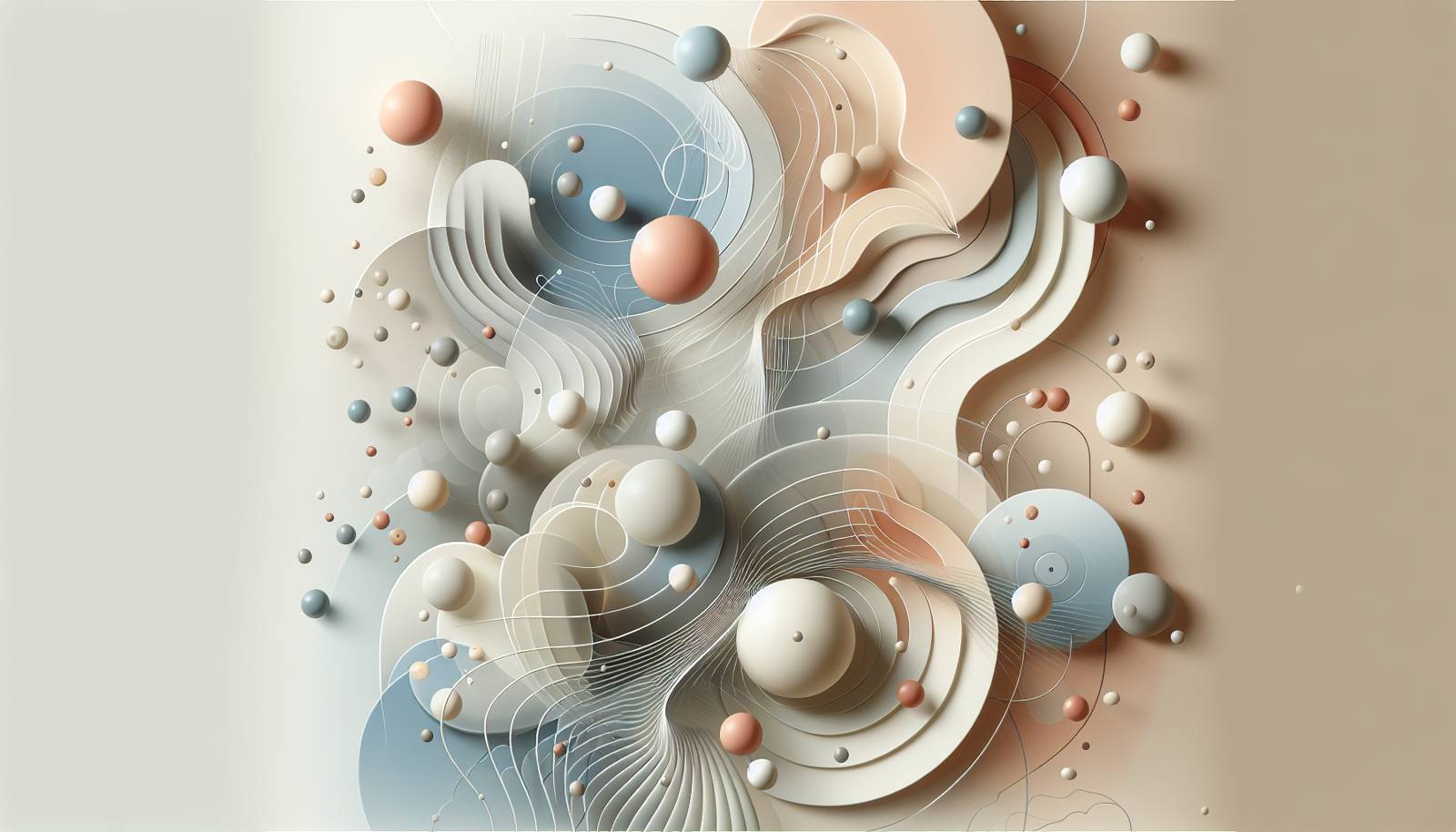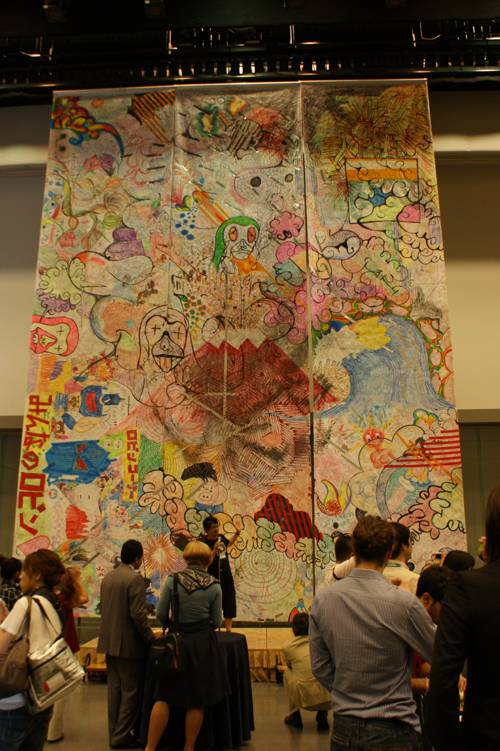
FAQ About The Role of Collaborative Art Projects in Community Building

What are collaborative art projects?
Collaborative art projects are creative endeavors where artists or participants work together towards a common goal. These projects emphasize collective creativity, encouraging the sharing of ideas, skills, and resources. They often involve multiple disciplines and can include various forms of art such as visual, performing, or digital arts.

How do collaborative art projects contribute to community building?
Collaborative art projects contribute to community building by fostering a sense of shared purpose and connection among participants. They encourage dialogue and cultural exchange, promoting understanding and empathy. These projects can address local social issues, create public spaces for expression, and strengthen community identities through shared creative experiences.

What are some examples of collaborative art projects?
Examples of collaborative art projects include community murals, public sculptures created by local artists, collaborative theatre productions, and community-based music ensembles. These projects typically involve input and participation from various community members and often reflect the unique cultural aspects of a community.

Why are collaborative art projects important for cultural exchange?
Collaborative art projects are important for cultural exchange because they bring together individuals from diverse backgrounds to share their unique cultural perspectives. This interaction fosters mutual respect and understanding, enriching the participants' appreciation of different cultures through creative expression. Collaborative art can break down cultural barriers and lead to the creation of hybrid art forms that reflect a blend of influences.

How can collaborative art projects address social issues?
Collaborative art projects can address social issues by providing a platform for dialogue and awareness. Artists and participants can use art to spotlight issues such as inequality, environmental concerns, or community health. By engaging the community in the creative process, these projects can be a catalyst for social change, encouraging people to consider and act on important issues collectively.

What role do artists play in collaborative art projects?
Artists play a crucial role in collaborative art projects as facilitators, leaders, and creators. They guide the creative process, helping participants express their ideas and emotions through art. Artists also help ensure that the project's goals align with community needs and that the artistic outcomes are meaningful and impactful.

How can collaborative art projects promote social cohesion?
Collaborative art projects promote social cohesion by encouraging individuals to work together, communicate, and share experiences. They create opportunities for people to build relationships and trust, breaking down social barriers in the process. Through collective artistic endeavors, participants often find common ground and build a sense of community belonging.

What are the benefits of participating in collaborative art projects?
Participating in collaborative art projects offers numerous benefits, including personal expression, skill development, and increased cultural awareness. These projects can boost confidence and self-esteem as participants see their efforts contribute to a larger artistic vision. They also foster a sense of community pride and ownership over shared cultural expressions.

What challenges might arise in collaborative art projects?
Challenges in collaborative art projects can include coordination difficulties, differing artistic visions, and limited resources. Balancing varying participant inputs while maintaining artistic quality can be complex. Effective communication and conflict resolution strategies are essential to overcome these challenges and ensure a successful project.

How do collaborative art projects empower communities?
Collaborative art projects empower communities by giving them a voice and opportunity to express shared experiences and identities through art. These projects engage individuals in meaningful, creative work, fostering community agency and collaboration. Empowerment comes from the ability to address community-specific needs and celebrate cultural heritage collectively.

In what ways can schools implement collaborative art projects?
Schools can implement collaborative art projects through group art classes, inter-grade art collaborations, and community-based projects involving students and local artists. Such projects can be integrated into curricula as cross-disciplinary activities that enrich learning and encourage community involvement.

How can collaborative art projects be funded?
Funding for collaborative art projects can come from various sources, including grants from arts councils, sponsorship from local businesses, crowdfunding, and community fundraising events. Public sector funding and partnerships with non-profit organizations can also provide essential resources to support these initiatives.

What are the environmental considerations in collaborative art projects?
Environmental considerations in collaborative art projects include using sustainable materials, minimizing waste, and choosing eco-friendly practices for art creation. Projects can also address environmental issues by involving the community in creating art that highlights local ecological challenges and encourages conservation awareness.

How do digital tools enhance collaborative art projects?
Digital tools enhance collaborative art projects by easing communication, coordination, and the sharing of artistic ideas. Platforms like social media, collaborative software, and digital art tools allow participants from different locations to work together seamlessly, expanding the reach and inclusivity of the project.

What is the impact of collaborative art projects on public spaces?
Collaborative art projects can transform public spaces by making them more engaging, vibrant, and reflective of community identity. They create interactive environments that encourage public interaction and appreciation, often revitalizing neglected areas and enhancing the aesthetic appeal of urban landscapes.

What skills are developed through collaborative art projects?
Participants in collaborative art projects develop various skills, including teamwork, communication, problem-solving, and creative thinking. They also gain specific artistic skills relevant to the project's medium, such as painting, sculpture, or digital art techniques.

How can collaborative art projects enhance mental well-being?
Collaborative art projects enhance mental well-being by providing a creative outlet for expression and stress relief. Participation fosters a sense of accomplishment and belonging, and the social connections formed can improve overall mental health. Engaging in art has been shown to have therapeutic effects, reducing anxiety and improving mood.

What is the role of technology in modern collaborative art projects?
Technology plays a significant role in modern collaborative art projects by providing new tools and platforms for creation and communication. It allows artists and communities to collaborate across distances, use multimedia approaches, and engage audiences in innovative ways, such as virtual exhibitions and interactive installations.

Can collaborative art projects be part of urban development initiatives?
Yes, collaborative art projects can be an integral part of urban development initiatives. They can enhance the cultural fabric of cities, attract tourism, and provide community engagement opportunities. Art projects often serve as precursors to broader urban regeneration efforts, bringing communities together to reimagine and reshape shared spaces.

How do collaborative art projects influence cultural policy?
Collaborative art projects can influence cultural policy by highlighting the importance of community involvement in artistic expressions. They can demonstrate the value of art in social development, encouraging policymakers to support and fund initiatives that enhance community engagement and cultural exchange. Such projects can also highlight gaps in current cultural strategies, advocating for more inclusive and participatory approaches.
